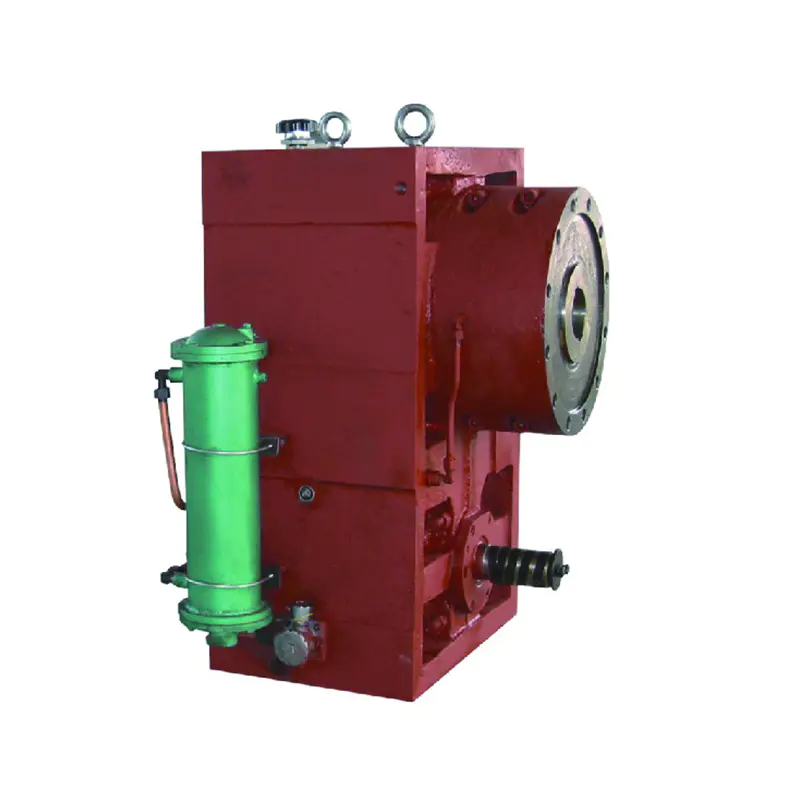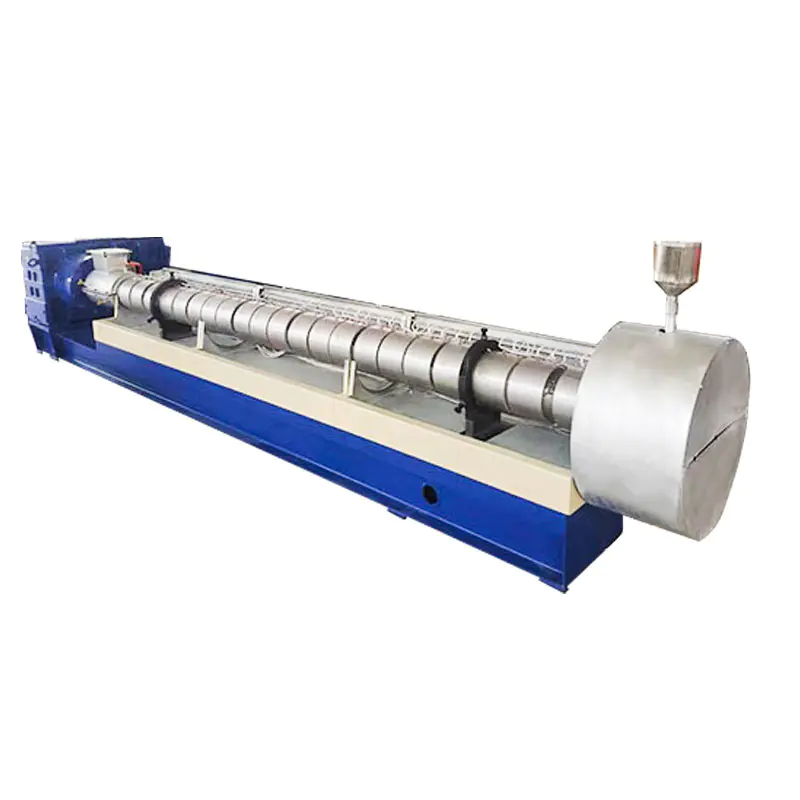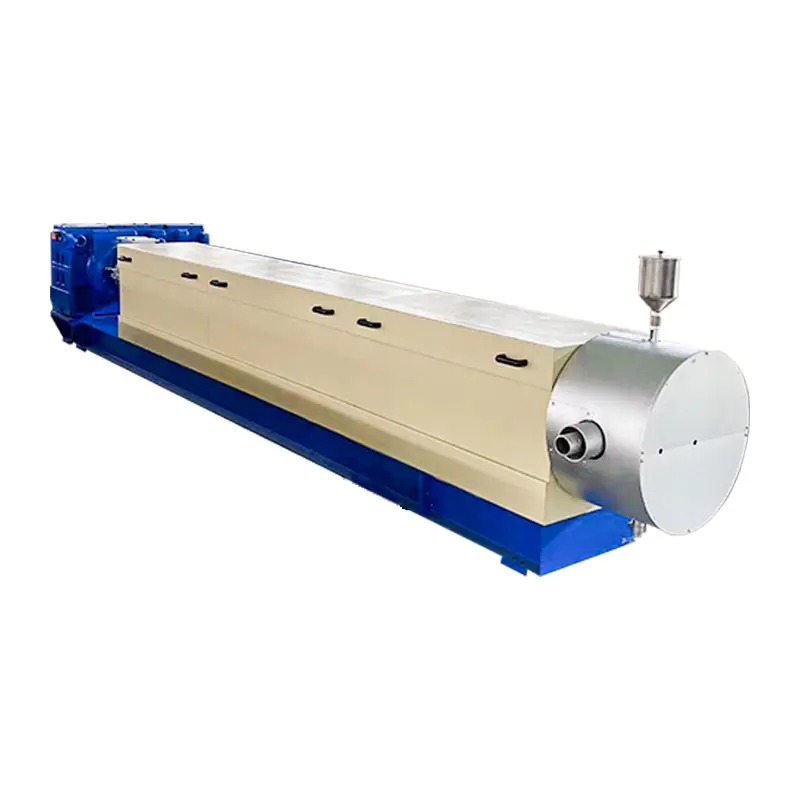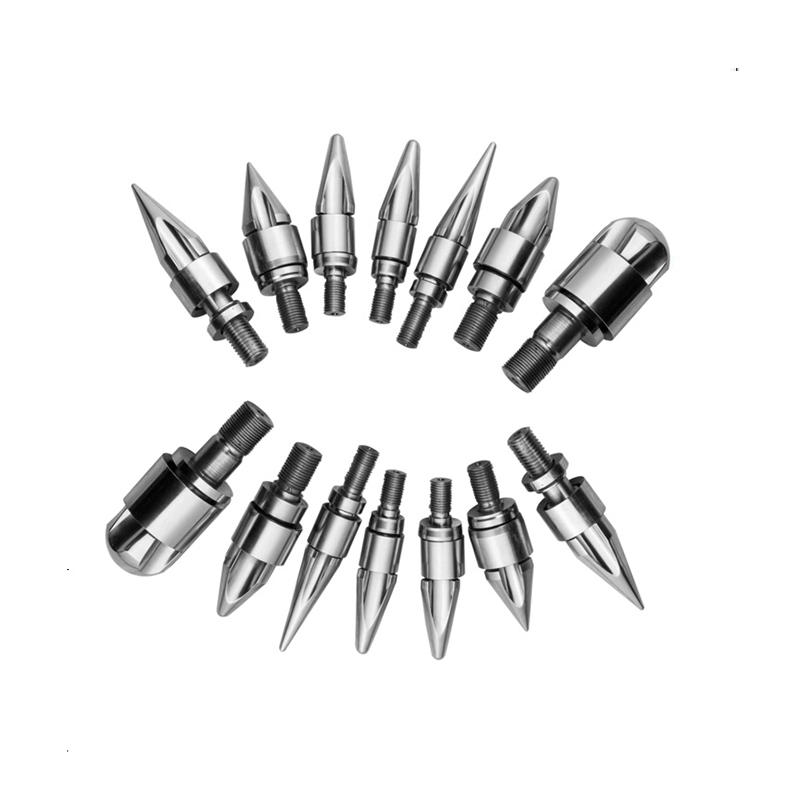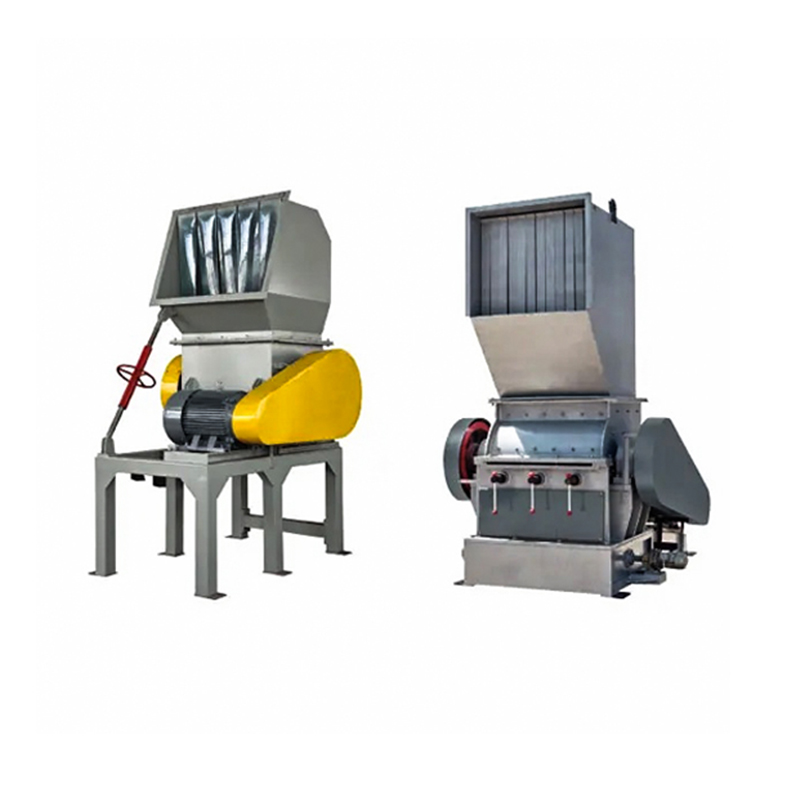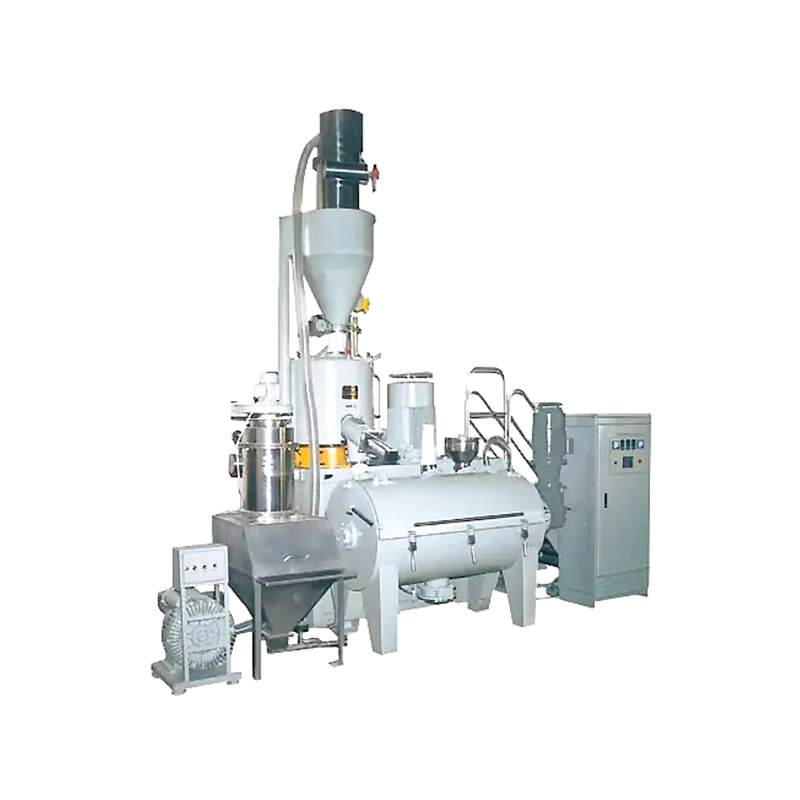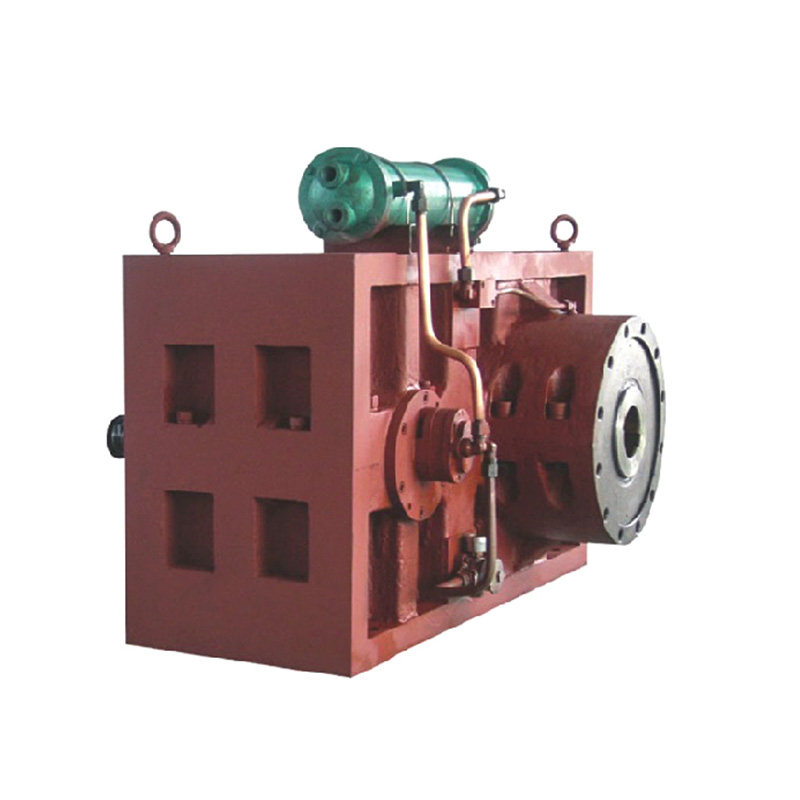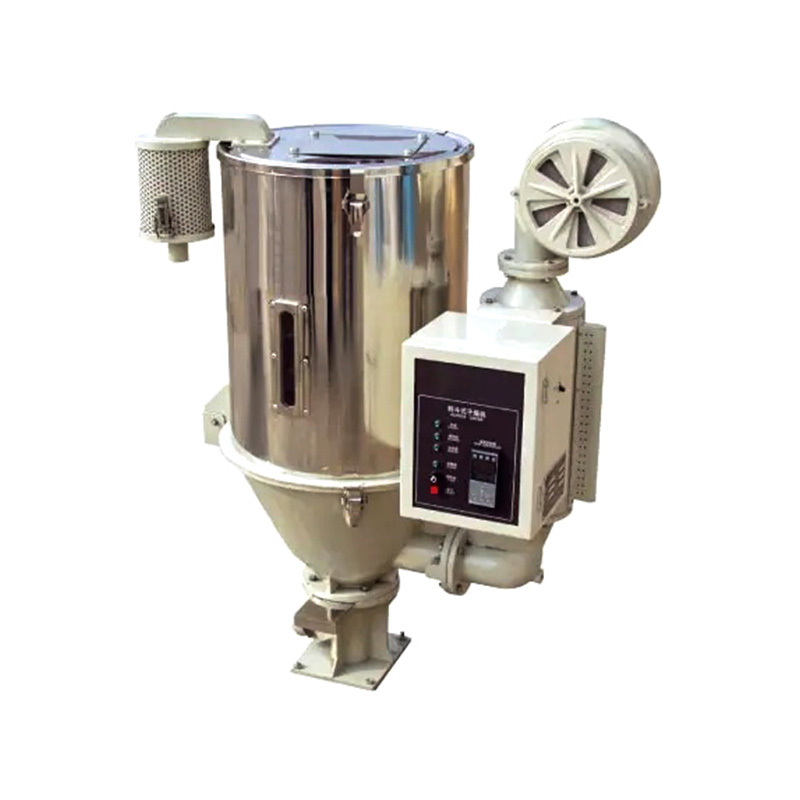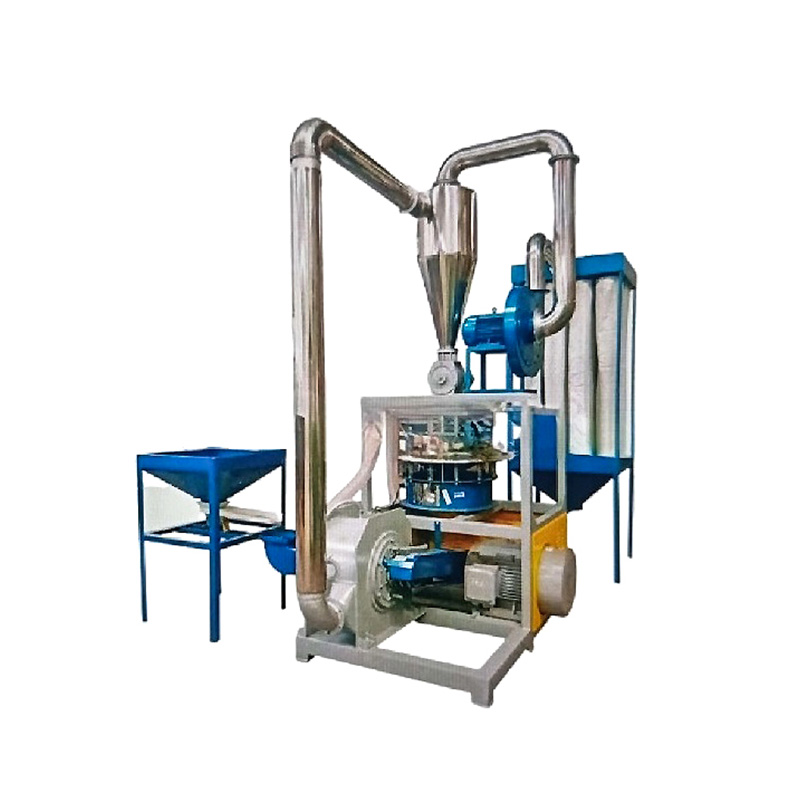In the context of the continuous pursuit of green manufacturing and cost optimization in the plastic processing industry, the energy consumption control of extruders as core energy-intensive equipment is becoming increasingly critical. Industry experts point out that the fine adjustment of the key parameters of the Conical Screw Barrel has been proven to be an effective breakthrough in reducing unit energy consumption. The following focuses on three core optimization strategies:
1. Screw geometry: the cornerstone of energy-efficient design
Taper matching: Accurately match the taper with material properties (such as PVC thermal sensitivity) to optimize solid conveying and melting efficiency. Too large a taper will cause overload in the melting zone, and too small a taper will result in insufficient compression - both increase ineffective energy consumption.
Precise compression ratio: Customize the compression ratio (usually 2.5-4.0) according to the change in raw material density (powder to melt) to ensure a smooth and efficient melting process and avoid energy waste due to excessive shearing or poor exhaust.
Thread structure and lead: For highly filled or shear-sensitive materials, the use of optimized mixing elements (such as kneading block angle, width) and lead changes can significantly reduce power consumption while ensuring dispersion quality.
2. Process parameter coordination: the key to operating efficiency
Temperature curve optimization: Avoid simple linear increments of set values for each temperature zone. Set precise temperature control based on the material melting characteristic curve, especially prevent superheated melt from entering the metering section, which can reduce heating energy consumption and cooling burden.
Speed and torque balance: High speed ≠ high output. Under the premise of extrusion stability, find the best balance between screw speed, torque and output. The reduction in motor efficiency caused by overload is a hidden energy consumption trap.
Back pressure fine-tuning: Appropriately reducing the back pressure of the metering section (under the premise of ensuring plasticization quality) can effectively reduce the screw load, and the drive motor current can be reduced by 5%-15%.
3. Wear monitoring and prevention: protecting long-term energy efficiency
Gap management: Regularly and accurately detect the gap between the screw and the barrel. When the gap exceeds the standard, the melt reflow rate increases (the measured data often exceeds 15%), which means that the energy consumption increases significantly at the same output. Timely repair or replacement is an economical choice.
Surface strengthening technology: For specific abrasive materials (such as glass fiber reinforced materials), nitriding or bimetallic treatment processes are used to improve the surface hardness and wear resistance of the screw/barrel and maintain long-term operating gap stability.



 عربى
عربى
